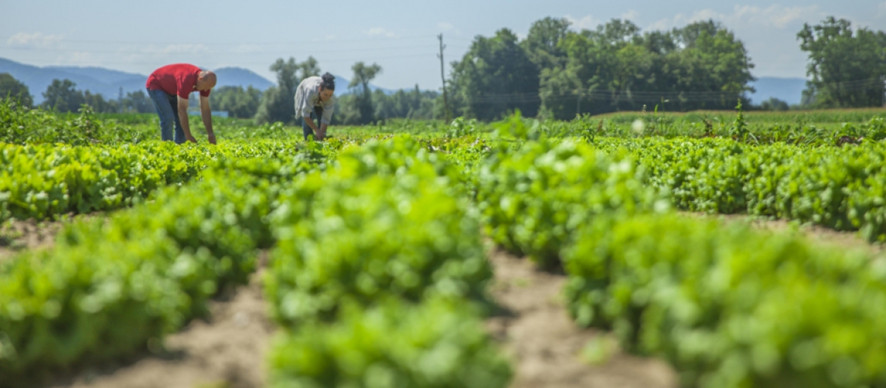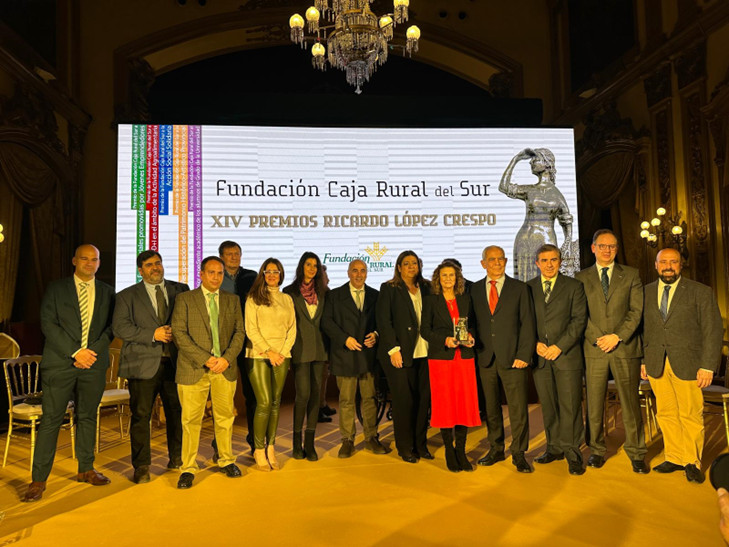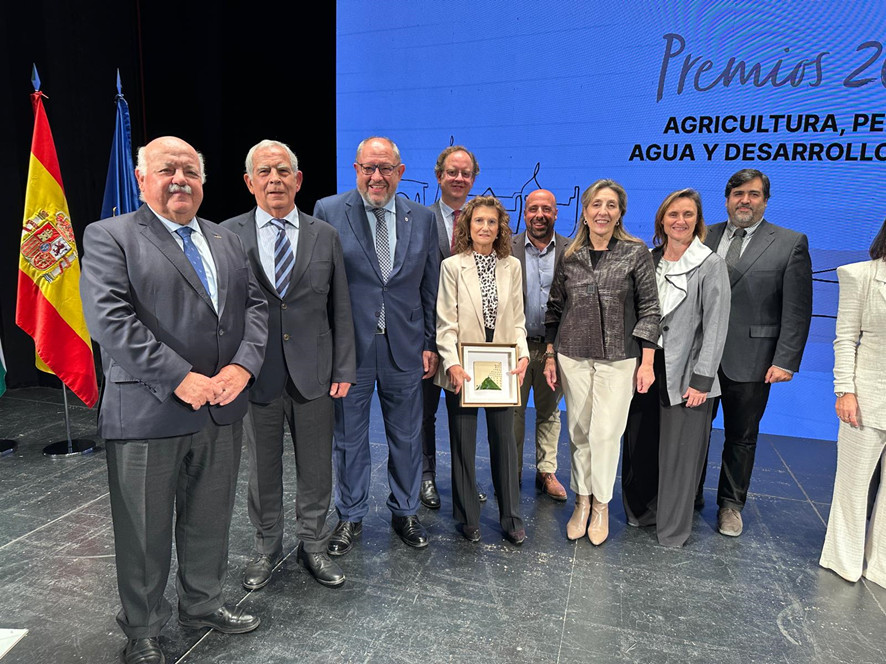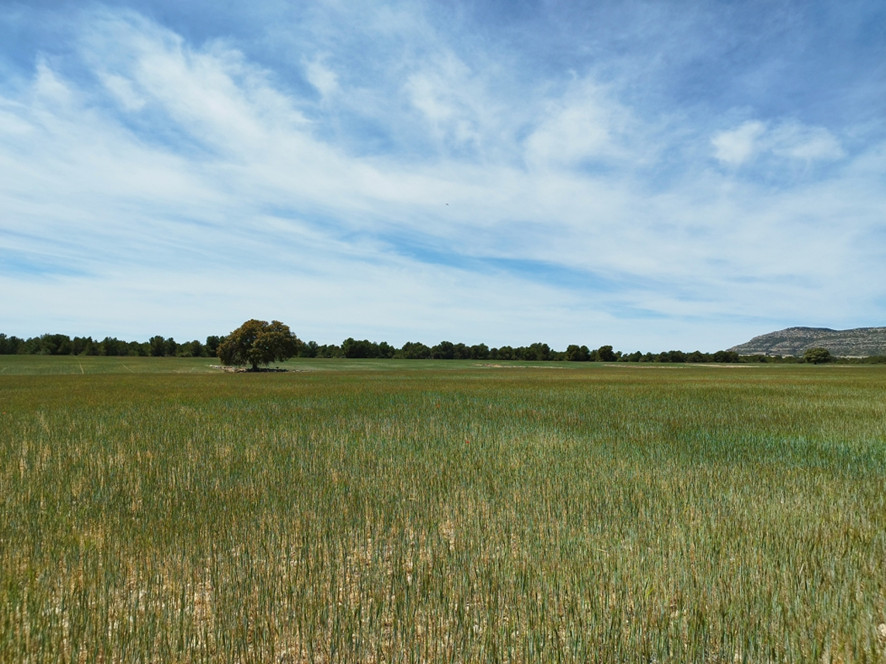What Is Conservation Agriculture and Why Is It More Beneficial?

Conservation Agriculture: The Great Ally of European Farmers to Secure the Future
2023-07-25
MAPA-AEACSV Pact for Conservation Agriculture
2023-11-10What Is Conservation Agriculture and Why Is It More Beneficial?
Carbon sequestration, reduced runoff and erosion, and increased biodiversity are some of its advantages.
Agriculture remains a vital activity for our economy and our survival as a species. Despite being criticized by many and facing challenges such as drought, more than 1,200,000 people work in this sector, according to the first-quarter 2023 Active Population Survey.
For this reason, farmers must seek ways to reinvent themselves, especially considering that 14.6% of Spanish territory is in a state of emergency due to water scarcity, and 27.4% is on alert, according to the 2023 Drought Management Report recently presented by the Ministry for Ecological Transition and the Demographic Challenge (Miteco) and the Ministry of Agriculture, Fisheries, and Food (MAPA).
Additionally, Spain's water reserves are at 37%, with 20,734 hm³ stored in reservoirs. This delicate situation directly affects agriculture and livestock, with extensive crops and pastures being the most impacted sectors. The consequences are evident: barley production has decreased by 39%, soft wheat by 36%, and corn acreage by 20%. Furthermore, autumn-winter cereal production is expected to drop by around 40% compared to the 2022 season.
Drought is also significantly reducing the area planted with vegetable crops. A striking example is industrial tomato farming in Andalusia, where only 1,700 hectares have been planted—far from the usual 6,600 hectares.
The Consequence? Higher Consumer Prices
All these challenges result in a considerable increase in retail prices, which consumers ultimately pay. We have already seen this with olive oil, whose prices have skyrocketed in recent weeks, doubling those of two years ago.
A Shift Toward Conservation Agriculture
Given these challenges, soil conservation agriculture is gaining traction. According to the United Nations Food and Agriculture Organization (FAO), this approach consists of a series of techniques designed to conserve, improve, and use natural resources more efficiently through integrated management of soil, water, biological agents, and external inputs.
This approach is also more profitable for farmers, according to the startup eAgronom, as proper carbon capture allows them to earn payments through carbon credits.
A Solution for Reducing Greenhouse Gas Emissions
Agriculture is one of the main sources of global emissions, but it also offers an opportunity to remove CO₂ from the atmosphere, says Ignacio Sanz from eAgronom Spain. "Soils are the largest carbon sink outside of the oceans and have the potential to sequester more than a billion additional tons of carbon per year, according to scientists."
However, achieving this requires the large-scale adoption of regenerative agricultural practices—something that is often hindered by financial constraints, which remain a key barrier for many farmers.
The benefits of these techniques for cultivated soils include carbon sequestration, reduced runoff and erosion, and increased biodiversity, as highlighted in the study Conservation Agriculture and Tools for Its Implementation in the Context of the European Green Deal, published by the consultancy PwC.
This is achieved through agricultural practices that avoid soil disturbance (no tillage), maintain permanent vegetation cover on the surface, and implement crop rotation and/or diversification. Experts argue that these practices positively impact farmers by reducing energy consumption, saving time, and improving farm profitability.
Key Practices
According to the Spanish Association for Conservation Agriculture and Living Soils (AEAC.SV), the most representative conservation agriculture practices are direct seeding for herbaceous crops and cover crops for woody crops.
They highlight that direct seeding is the best option for achieving a high level of soil conservation in annual crops, as it completely eliminates mechanical soil disturbance. Meanwhile, cover crops protect the soil surface between tree rows from water erosion caused by the direct impact of raindrops.
Annual Savings of 242 Million Euros
In 2021, Spain had 2.1 million hectares dedicated to conservation agriculture, representing 15% of the country's total cultivated land. Since 2008, the area dedicated to conservation agriculture has grown at an average annual rate of 4.3%, with peak growth rates of 16.7% in 2010.
This practice helps retain 9.7 million more tons of CO₂ annually compared to conventional agricultural techniques, translating into an economic savings of 242 million euros per year. Additionally, due to lower fuel consumption, conservation agriculture prevents the emission of 136,000 tons of CO₂ annually compared to conventional farming, representing an additional annual savings of three million euros.
This post is also available in: Español (Spanish)




